How to grow gaillardia???
whtros
9 years ago
Featured Answer
Sort by:Oldest
Comments (38)
rusty_blackhaw
9 years agoken_adrian Adrian MI cold Z5
9 years agoRelated Professionals
Wrentham Landscape Architects & Landscape Designers · Prairie Ridge Landscape Architects & Landscape Designers · Saint Charles Landscape Architects & Landscape Designers · Maple Heights Landscape Architects & Landscape Designers · Belmont Landscape Contractors · Costa Mesa Landscape Contractors · Dudley Landscape Contractors · East Patchogue Landscape Contractors · Edwardsville Landscape Contractors · Hollywood Landscape Contractors · Hoover Landscape Contractors · Lyndhurst Landscape Contractors · Plantation Landscape Contractors · Ponte Vedra Beach Landscape Contractors · Kingsburg Landscape Contractorsmad_gallica (z5 Eastern NY)
9 years agosunnyborders
9 years agoTexasRanger10
9 years agoKirstin Zone 5a NW Chicago
9 years agosunnyborders
9 years agowhtros
9 years agowhtros
9 years agoTexasRanger10
9 years agosunnyborders
9 years agowantonamara Z8 CenTex
9 years agosunnyborders
9 years agoTexasRanger10
9 years agosunnyborders
9 years agoTexasRanger10
9 years agoTNflowerlover Zone 7a
9 years agosunnyborders
9 years agoTexasRanger10
9 years agoTNflowerlover Zone 7a
9 years agoTexasRanger10
9 years agowantonamara Z8 CenTex
9 years agoTexasRanger10
9 years agoTexasRanger10
9 years agowantonamara Z8 CenTex
9 years agosamhain10 - 5a
9 years agowantonamara Z8 CenTex
9 years agoTexasRanger10
9 years agoTexasRanger10
9 years agosamhain10 - 5a
9 years agoTexasRanger10
9 years agosamhain10 - 5a
9 years agosamhain10 - 5a
9 years agoTexasRanger10
9 years agoperen.all Zone 5a Ontario Canada
9 years agosamhain10 - 5a
9 years agoDingo2001 - Z5 Chicagoland
9 years ago
Related Stories
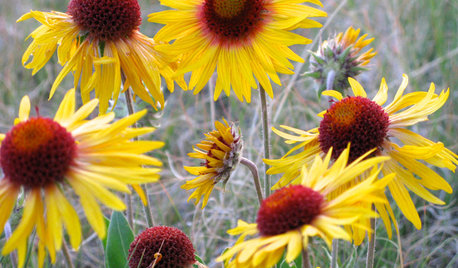
FLOWERS AND PLANTSBlanketflower’s Yellow Blooms Brighten Up Summer and Fall Gardens
Gaillardia aristata welcomes wildlife, shrugs off drought and poor soils, and can help restore grasslands
Full Story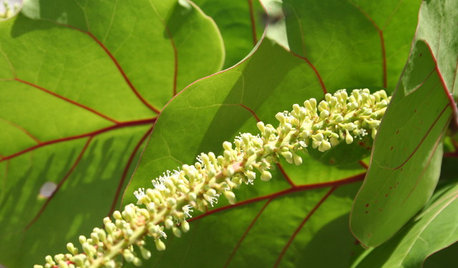
GARDENING GUIDESGreat Design Plant: Sea Grape, a Hardy Coastal Delight
Up to the high-tide line or even indoors, sea grape draws smiles for its looks and cheers for its tenacity
Full Story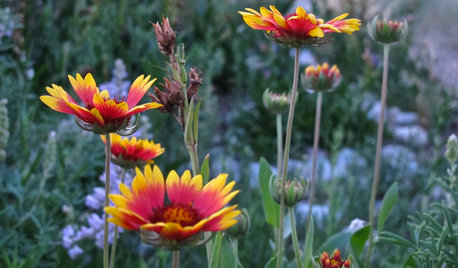
GARDENING GUIDESThese Hummingbird-Attracting Native Plants May Surprise You
These flowers, vines and shrubs offer shelter and food supplies that keep hummingbirds around longer
Full Story
GARDENING GUIDESCalifornia Gardener's June Checklist
Update your hydrangeas, catch up on tomatoes and more ways to enjoy your California garden in June
Full Story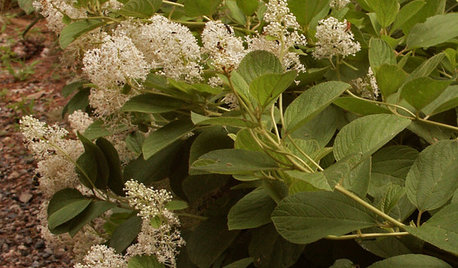
GARDENING GUIDESGreat Design Plant: Ceanothus Americanus
Thriving in lean soil and attracting the good bugs, New Jersey tea is a boon to full-sun areas of the garden
Full Story
GARDENING GUIDESGarden-Friendly Native Alternatives to Overplanted Exotics
There are lots of gorgeous, wildlife-friendly native plants ready to make an appearance in your garden
Full Story
GARDENING GUIDESAttract Hummingbirds and Bees With These Beautiful Summer Flowers
Roll out a welcome mat for pollinators to keep your landscape in balance and thriving
Full Story
SUMMER GARDENINGHouzz Call: Please Show Us Your Summer Garden!
Share pictures of your home and yard this summer — we’d love to feature them in an upcoming story
Full Story
GARDENING FOR BUTTERFLIESBe a Butterfly Savior — Garden for the Monarchs
Keep hope, beauty and kindness alive in the landscape by providing a refuge for these threatened enchanters
Full Story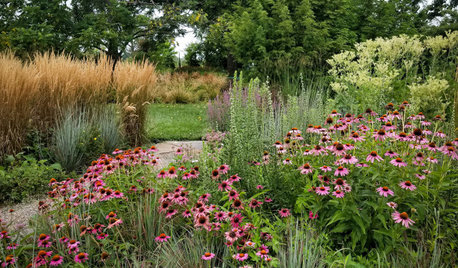
FALL GARDENING20 Favorite Flowers for the Fall Landscape
Vivid blooms and striking shapes make these annuals and perennials a delight in autumn gardens
Full StorySponsored
More Discussions






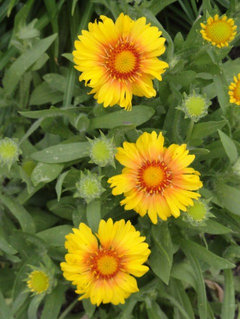
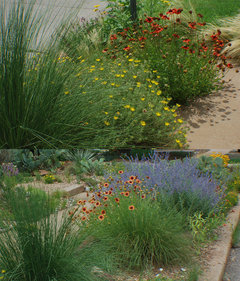
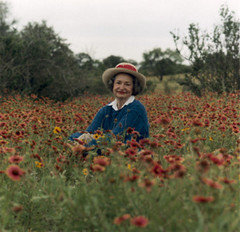
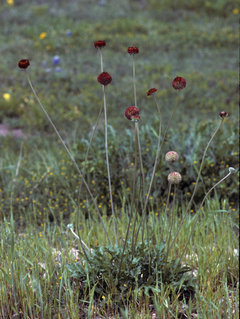
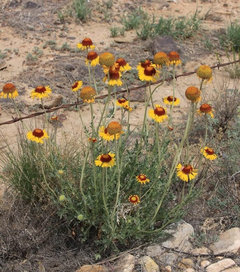
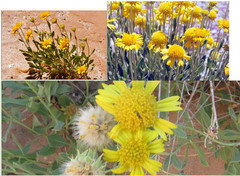

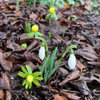

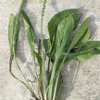
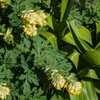
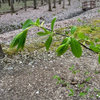
TexasRanger10